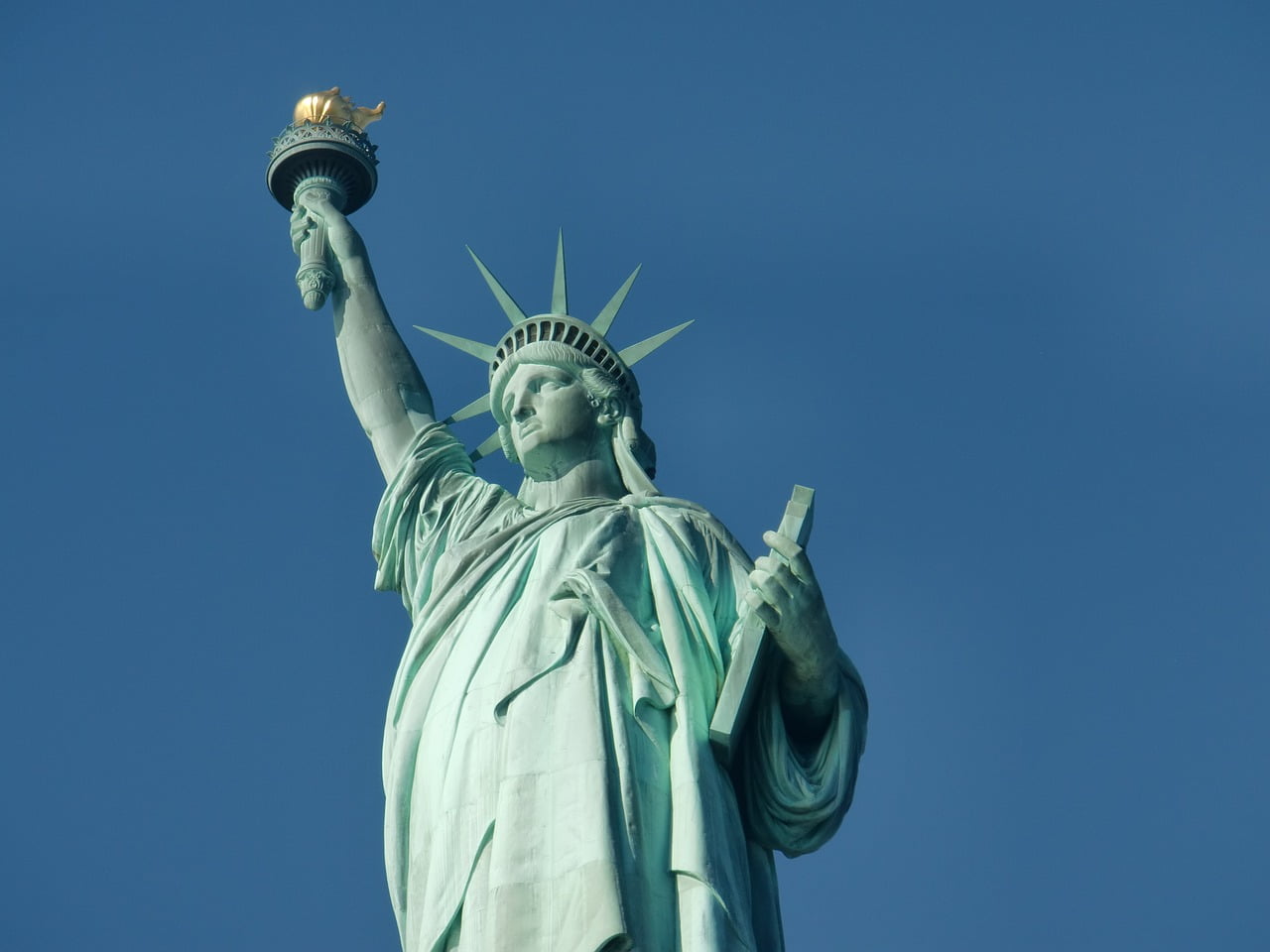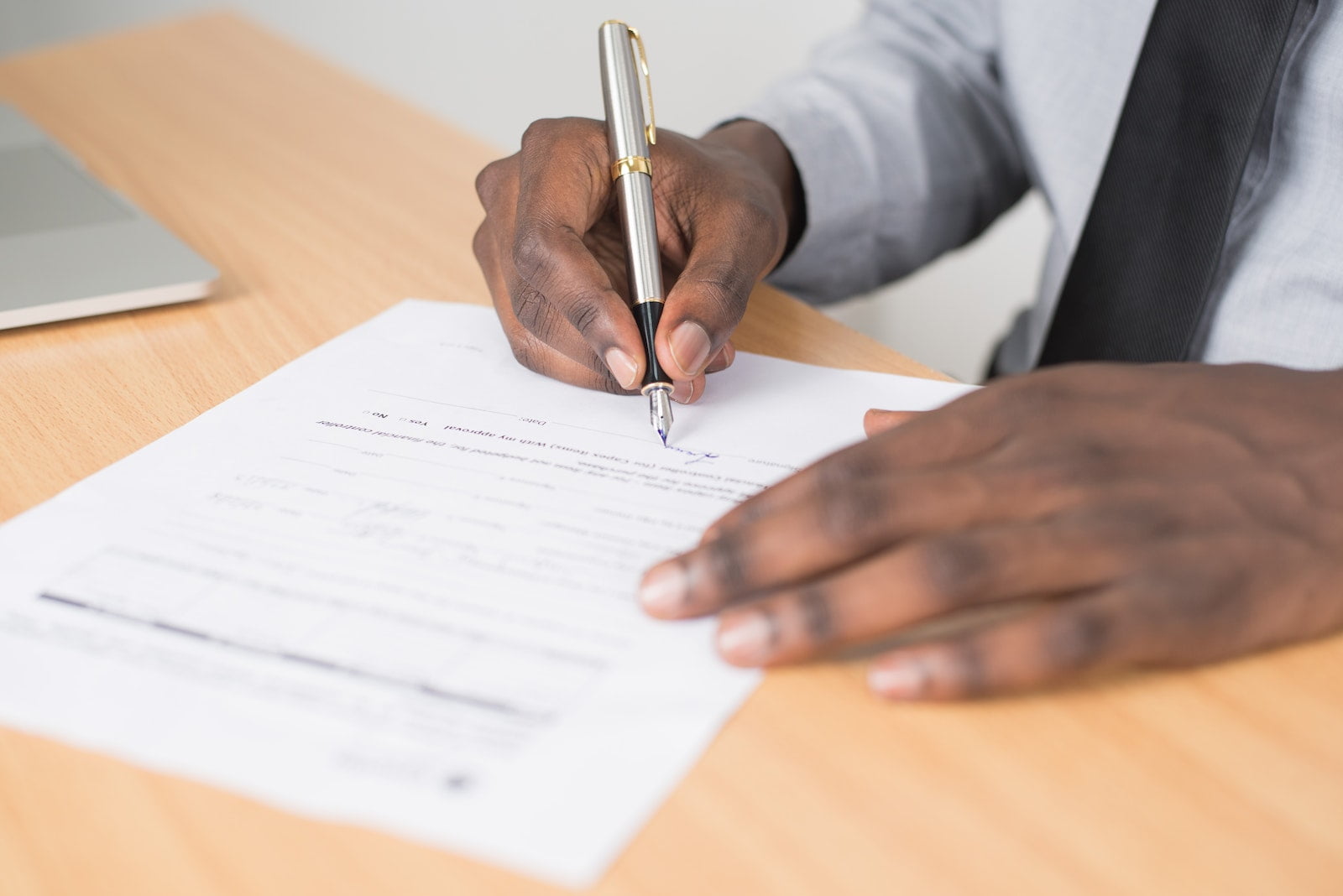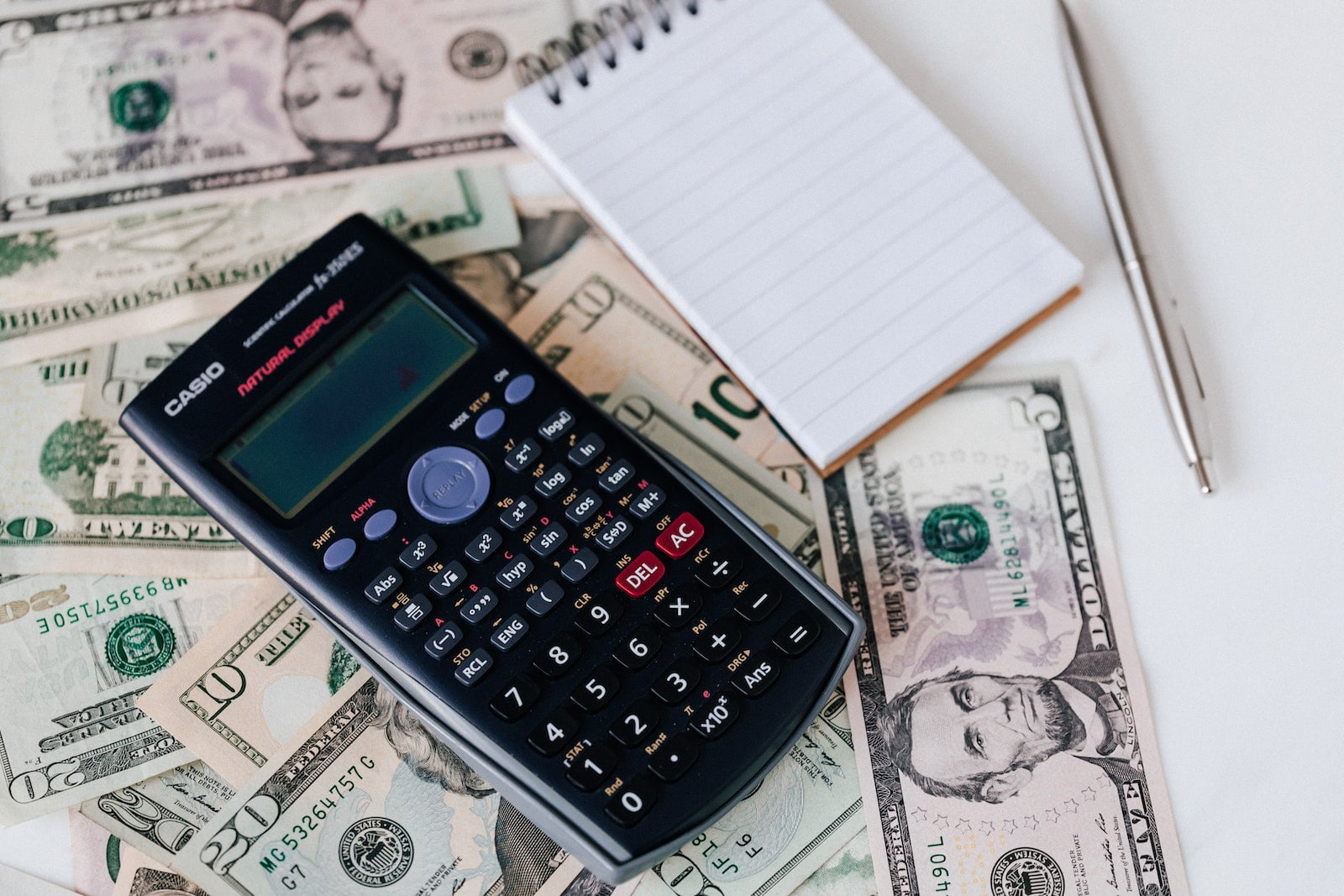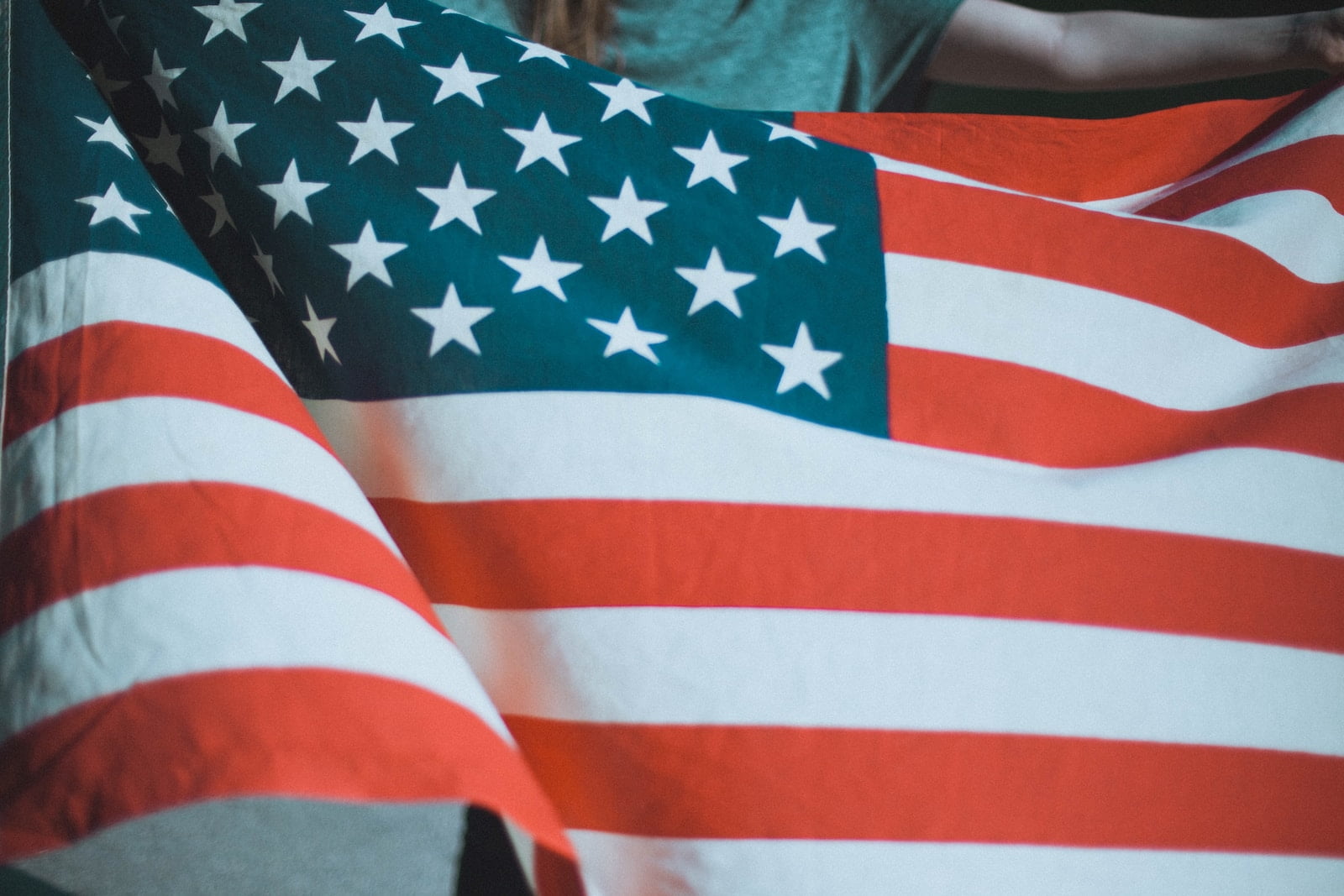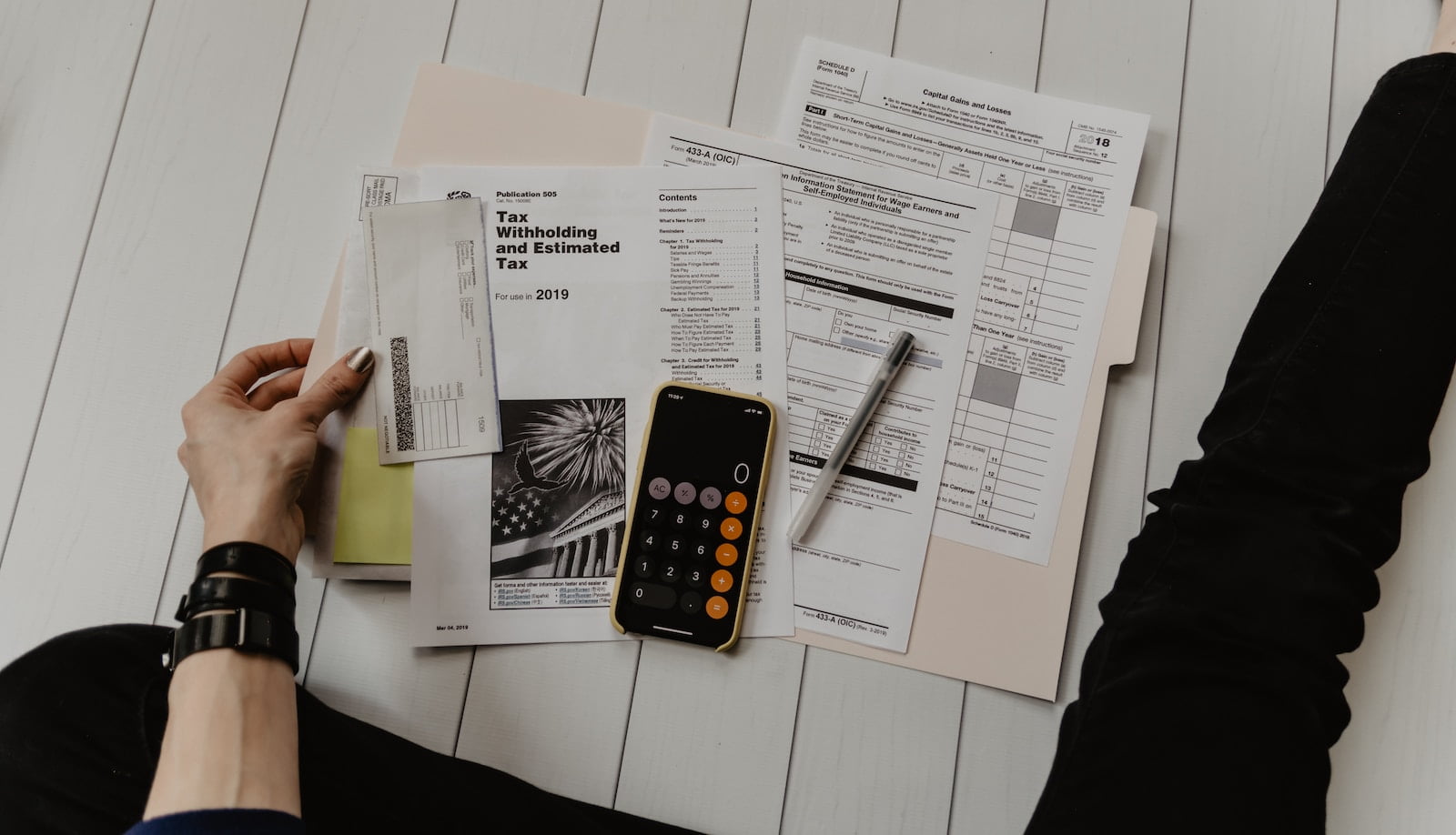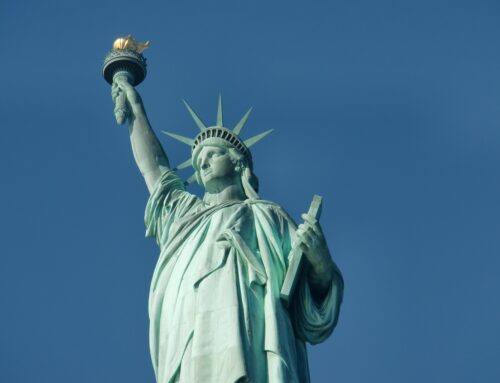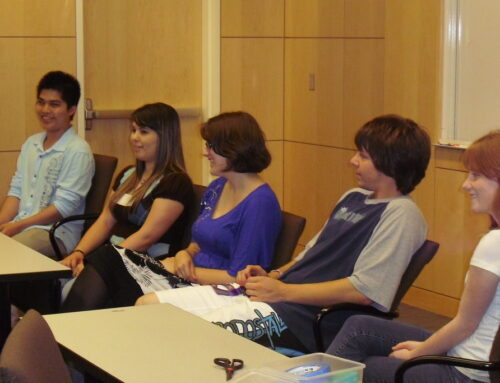Applying for a student visa can be an exciting and overwhelming experience as you plan to pursue your educational journey in the United States. Navigating the application process may feel daunting at first, but with the right guidance and ample preparation, you can successfully accomplish this crucial step. In this article, we will cover everything you need to know about obtaining a student visa, from understanding the visa types to preparing for your visa interview.
There are different types of student visas, each designed to cater to specific educational needs and program durations. Knowing the visa categories and eligibility requirements is crucial in selecting the right one for your educational goals. The application process involves submitting necessary documents, paying fees, and attending a visa interview. It’s essential to understand these processes thoroughly and gather all required documentation ahead of time to avoid any complications or delays.
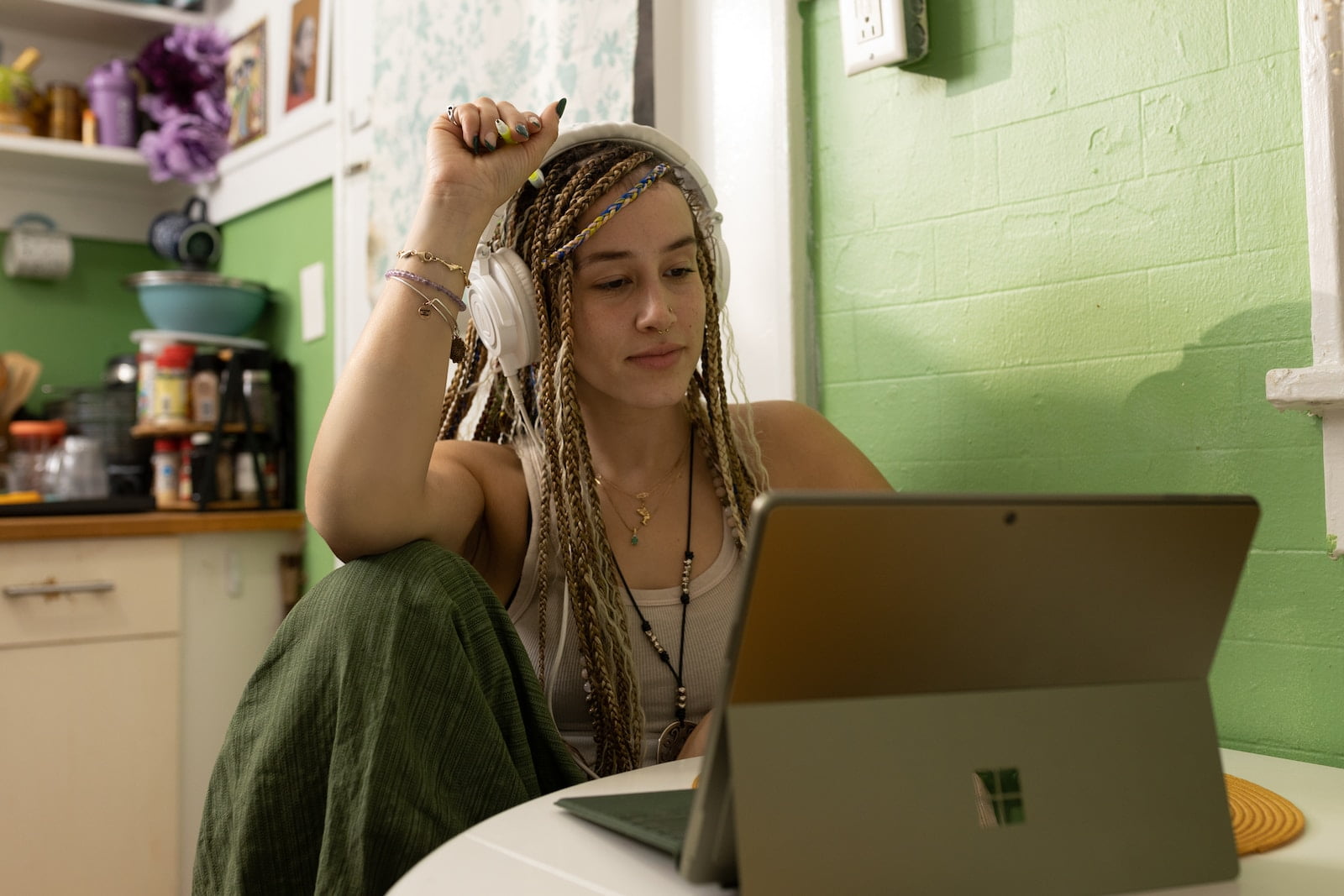
Studying in the United States is not only about securing a visa but also about ensuring you have the proper resources and support, such as financial aid and scholarships. Additionally, understanding employment opportunities and any restrictions tied to your visa is imperative for thriving in your academic journey and beyond.
Key Takeaways
- Choose the appropriate visa type based on your educational program and goals.
- Prepare all required documentation and understand the application process for a smooth experience.
- Being aware of financial aid, scholarships, and employment opportunities enriches your academic journey in the United States.
Types of Student Visas
Applying for a student visa can be an exciting milestone in your educational journey. To make the process smoother, it’s important to understand the different types of student visas available. In this section, we’ll discuss the three main types of student visas: F-1, M-1, and J-1.
F-1 Visa
The F-1 visa is designed for international students planning to pursue a full-time academic program at an accredited U.S. college or university, or to study English at a language institute. If you are enrolling in a degree program, such as a bachelor’s, master’s, or doctoral program, the F-1 visa might be just what you need.
While on an F-1 visa, you’re allowed to work on-campus for a limited number of hours per week. After your first academic year, you can also apply for Optional Practical Training (OPT) to gain practical experience in your field of study.
M-1 Visa
The M-1 visa is tailored for internationals planning to embark on full-time vocational or non-academic programs in the United States. If you’re interested in trade schools, technical schools, or vocational training, an M-1 visa might be the right choice for you.
Keep in mind that unlike the F-1 visa, M-1 visa holders are not allowed to work on-campus and are not eligible for practical training. However, you may be eligible for temporary employment after completing your program to gain practical experience related to your studies.
J-1 Visa
The J-1 visa is primarily for individuals participating in educational exchange programs, including high school and university study programs. This visa type might be suitable for those considering a short-term study abroad or research experience.
As a J-1 visa holder, you might be allowed to work on-campus or off-campus, depending on the terms of your exchange program. Additionally, J-1 visa holders are subject to a two-year home-country physical presence requirement after completing their program, which requires some participants to return to their home country for a minimum of two years before pursuing other U.S. visa types.
In conclusion, understanding the various types of student visas is crucial for choosing the appropriate visa for your academic and professional goals. Good luck with your student visa application!
Eligibility Requirements
When applying for a student visa, there are several important eligibility requirements you need to be aware of. Understanding these requirements will make the application process smoother and improve your chances of success.
Firstly, you need to secure an acceptance from an SEVP-approved school. The Student and Exchange Visitor Program (SEVP) oversees certified schools in the United States, ensuring that they meet the necessary standards to host international students. As a prospective student, you should ensure the school you are applying to is SEVP-approved before moving forward.
Once accepted by an SEVP-approved school, you will receive a Form I-20, which is a vital document required for your visa application. The I-20 confirms your enrollment in a specific program and indicates the program start date.
Next, it’s essential to ensure that you are applying for the appropriate student visa type based on your course of study. The main types of student visas include F-1, J-1, and M-1 visas, with F-1 being the most common for academic students. M-1 visas are for vocational or non-academic programs, and J-1 visas are for exchange visitors participating in government-approved cultural and educational programs.
As an applicant, you are expected to be a full-time student enrolled in a program that culminates in a degree, diploma, or certificate. Part-time study is generally not allowed.
Another crucial eligibility requirement is demonstrating English proficiency. You must have a strong command of the English language to study in the United States, as most courses are conducted in English. Many schools and visa programs require proof of English proficiency, typically in the form of TOEFL, IELTS, or other standardized test scores.
Don’t forget to be prepared for financial obligations. You should demonstrate that you have sufficient funds to cover your educational and living expenses during your time in the United States. This may include proof of personal savings, family support, or scholarships.
Lastly, keep in mind that your student visa is intended solely for educational purposes. You must maintain the required course load, make acceptable academic progress, and adhere to the rules of your visa status while studying in the United States.
By familiarizing yourself with these eligibility requirements and following the necessary steps, you will be well-prepared for your student visa application and an exciting educational journey in the United States.
Application Process
Applying for a student visa may seem daunting, but don’t worry! We’ve got you covered. Let’s break down the process into a few friendly steps to guide you through.
First and foremost, you’ll need to complete the online visa application, known as the Form DS-160. In this step, you’ll also upload your passport-style photograph, making sure it meets the Photograph Requirements.
Once you’ve been accepted to a Student and Exchange Visitor Program (SEVP)-certified school, you’ll receive a Form I-20 or DS-2019 from the institution’s international student office. This form is essential as you’ll need to present it when applying for your student visa.
Now, be prepared to show the required documents during the application process. Don’t forget to have your valid passport with you! It must be valid for at least six months beyond the end date of your program in the US.
After submitting the appropriate forms, it’s time to anticipate your appointment wait times. Remember, patience is key, as the wait times may vary. Stay informed by checking the Appointment Wait times available on the website.
Finally, the moment you’ve been waiting for – the visa interview! To ensure success during your visa interview, keep your answers concise and honest. Prepare any additional documents, such as financial evidence or proof of your intention to return to your home country after your studies are completed.
You’ve now got an overview of the application process for your US student visa. Keep this friendly guide handy, and best of luck in your educational journey!
Important Documents and Fees
Before embarking on your journey as an international student, it’s essential to gather all necessary documents and be aware of the fees associated with obtaining a student visa. Here’s a guide to help you through the process.
First and foremost, you’ll need a valid passport issued by your home country. Make sure it’s valid for at least six months beyond the end date of your study program in the US1.
Next is the visa application process. You’ll need to pay an application fee for your student visa2. This fee varies for different visa categories, so be sure to check the specific amount pertaining to the F-1, M-1, or J-1 visa on the Department of State’s website.
Once you’ve been accepted into a school, your designated school official (DSO) will provide you with the Form I-203. This form is required for visa application and other benefits. Keep it safe, as you’ll need it throughout your international student life cycle.
The I-901 SEVIS Fee is another crucial amount to cover in your budget. SEVIS stands for the Student and Exchange Visitor Information System4. You must pay this fee before scheduling your visa appointment. Check the current amount for this fee and make your payment through the official SEVIS website.
In addition to these charges, the visa issuance fee may apply for certain countries5. This fee is based on a reciprocity agreement between the United States and your home country. Check the U.S. Department of State website to see if this fee applies to you.
After gathering all necessary documents and paying the required fees, you’ll need to schedule an appointment at the nearest U.S. embassy or consulate to complete the visa process. Be prepared to present your proof of paid fees during your appointment.
Remember, obtaining a student visa involves multiple steps and fees, so ensure you’re well-prepared. Good luck on your exciting educational journey!

Preparation for Visa Interview
Congratulations on being accepted to study in the United States! Now, it’s time to prepare for your visa interview. Be friendly and approachable, as this moment will play a vital role in securing your student visa.
First, ensure that you have been accepted to a Student and Exchange Visitor Program (SEVP)-certified school and have paid your I-901 SEVIS fee. After that, you can apply for your student visa and begin preparing for your visa interview. Remember, the U.S. Department of State is responsible for issuing visas, including F and M visas for international students.
Before the interview, gather all the necessary documents, including:
- Your passport
- Form DS-160, “Nonimmigrant Visa Application,” confirmation page
- Department of State visa application fee payment receipt (if you’re required to pay before your interview)
- A photograph that meets all the photograph requirements for a U.S. visa
Now, let’s focus on how you can ace your visa interview. Here are some friendly tips to help you succeed:
- Do your homework: Research about the U.S. consulate or embassy where your interview will be conducted, as well as the specific academic program you’ll attend. This way, you can provide informed answers during the interview.
- Be punctual: Arrive at the consulate or U.S. embassy well in advance of your scheduled interview time. This allows you to navigate any unexpected delays or issues that may arise.
- Dress appropriately: While there’s no official dress code, it’s essential to dress professionally and neatly. This demonstrates your respect for the process and the interviewer.
- Practice your responses: Anticipate the types of questions you might face during the interview and rehearse your answers. You can find sample F-1 visa interview questions and answers online to help you prepare.
- Stay calm and focused: The interviewer will want to understand your intentions for studying in the United States and your plans after graduation. Maintain your composure, be honest, and be specific in your responses.
By being well-prepared, punctual, and personable during your visa interview, you’ll be well on your way to obtaining your student visa and starting an exciting educational journey in the United States. Good luck!
Studying in the United States
So, you’re considering pursuing your degree in the United States. That’s a great choice! The U.S. is home to a wide variety of schools and universities, offering unparalleled educational opportunities. But before you can embark on this exciting journey, there’s one crucial step to take: applying for a student visa.
To study in the United States, you’ll need to obtain either an F-1 or an M-1 student visa, depending on the type and duration of your chosen program. The F-1 visa is for academic students, while the M-1 visa is for vocational students. You can find out more about the eligibility and application process on the US Department of State website.
When preparing to apply for your student visa, it’s essential to research and select a school or university that best fits your needs and aspirations. Remember, your chosen institution must be authorized by the U.S. government to accept international students. Start by browsing resources like EducationUSA, which provides comprehensive information about studying in the U.S.
Before applying to a specific school, it’s important to be aware of the application requirements, including:
- GPA (Grade Point Average) or test scores
- A valid passport
- Proof of financial support throughout your studies
- A non-refundable visa application fee
Once you receive a letter of acceptance from your chosen school, you’ll need to enroll in the Student and Exchange Visitor Information System (SEVIS). This is a crucial step in the student visa process, as it ensures you’re properly registered with the U.S. government.
Keep in mind that studying in the U.S. can be expensive, so it’s a good idea to explore scholarship options early on. Many universities and organizations offer scholarships to international students, helping to offset tuition and living costs. Don’t forget to inquire about these opportunities when researching schools.
Lastly, don’t be afraid to reach out for support during your application process. Your chosen university’s admissions office and resources like EducationUSA can provide valuable guidance and assistance.
Good luck, and enjoy your time studying in the U.S. This is an amazing opportunity to broaden your horizons, and we’re confident you’ll make the most of it!
Traveling to and Living in the US
As an international student, embarking on your journey to study in the United States can be an exciting yet challenging experience. We’re here to help make your transition as smooth as possible. Here’s a brief rundown of what to keep in mind as you plan your big move.
First, make sure you’re well-prepared before you step foot on American soil. Confirm that you have the proper visa for your stay. As an international student, you’ll need to obtain an F-1 or M-1 visa, depending on your course of study. Review the U.S. Department of State guidelines for more information.
When you arrive, finding a place to live will be a top priority. Many universities offer on-campus housing options or can recommend nearby apartments. Consider factors such as distance from campus, rent, and availability of public transportation when making your housing decision. A roommate can help mitigate costs while providing a built-in support system.
Navigating the job market is likely to be an important part of your stay. International students can work on campus without obtaining an additional work visa. Off-campus employment, however, may necessitate securing a work permit. Remember, your main focus should be your studies. So, proceed with caution to prevent jeopardizing your academic progress.
Learning about and managing your finances in the US may initially be daunting. Set up a local bank account, and familiarize yourself with the American banking system to avoid any surprises on your monthly statements. Managing your income properly will be critical in making your experience stress-free.
In the US, health insurance is not only essential but usually mandatory for international students. Check with your university for insurance options, and research extensively to find a package that best suits your needs. Accidents or illnesses can be financially crippling without proper coverage.
Lastly, be, as they say, proactive. Reach out to university resources, mentorship programs, and fellow students to understand and adapt to the new environment. Remember, every international student is on a similar journey, so don’t hesitate to seek guidance and support.
With these guidelines in mind, your adventure as an international student in the US can be enjoyable, enriching, and ultimately rewarding. Soak it all in, forge long-lasting friendships, and build a foundation for a bright future.
Financial Aid and Scholarships
Applying for a student visa involves various financial aspects, and it’s essential to understand the different options available to help you fund your education journey. Here, you’ll learn about financial aid, scholarships, and credit considerations to ease your financial burden and make your academic experience more affordable and enjoyable.
When planning your studies abroad, you may be eligible for various financial aid options. Financial aid can come in the form of grants, loans, work-study programs, or other means of financial assistance. To apply for federal financial aid, you’ll need to complete the Free Application for Federal Student Aid (FAFSA). It’s crucial to be aware of deadlines, as submitting your FAFSA on time can greatly impact your chances of receiving aid.
Another great way to fund your studies is applying for scholarships. There are countless scholarships available for different academic levels, areas of study, personal backgrounds, and more. To find available scholarships, start by:
- Checking with your school’s financial aid office
- Searching online databases and resources
- Reaching out to organizations and groups related to your field of study
Be proactive in your search, as applying for scholarships often requires additional time and effort, such as writing essays or gathering necessary documents. Begin your search early to maximize your chances of securing these awards.
While financial aid and scholarships can significantly help with your education expenses, it’s also essential to consider your credit status. Having a good credit score increases your chances of getting the best available loan terms and conditions, making it easier for you to borrow money if needed. Before applying for a student visa, make sure your credit is in good shape by paying your bills on time, reducing your overall debt, and checking your credit report annually for accuracy.
In summary, applying for financial aid, searching for scholarships, and maintaining good credit are all crucial steps to ensure a worry-free and well-funded study experience. Follow these tips and explore available opportunities to make your dream of studying abroad a reality.
Employment Opportunities
As you plan to study in the United States on a student visa, it’s important to understand the different employment options available to you. This information can help you make informed decisions and maximize your experience while working and studying simultaneously.
While studying on an F-1 or M-1 student visa, you’ll have access to various types of employment options. One popular choice is On-Campus Employment, where you can work at your educational institution. Most on-campus jobs offer flexible schedules, allowing you to focus on your studies while earning some income.
Another option to consider is Off-Campus Employment. To qualify for off-campus employment, both F-1 and M-1 students must ensure the job is related to their area of study and obtain authorization from the Designated School Official (DSO) and USCIS before starting work. Off-campus employment is a great way to gain significant experience in your field and expand your network.
You might also be interested in Curricular Practical Training (CPT), which is a type of work authorization that allows you to engage in practical training related to your major area of study, such as internships, co-ops, or other practical work experiences. As long as you have been enrolled for one academic year and have received approval from your DSO, you can participate in CPT.
For F-1 students nearing the end of their academic program, there’s an opportunity to apply for Optional Practical Training (OPT). OPT enables you to work legally in the United States for up to 12 months to gain additional practical experience in your field. If your degree is in Science, Technology, Engineering, or Mathematics (STEM), you may be eligible for an additional 24-month extension.
Lastly, if you’re studying on a J-1 visa, you may have the opportunity to work as a research assistant or engage in other work-based exchange programs. J-1 visa holders typically participate in educational programs that offer practical work experience in their field, helping you to enhance your professional skills and knowledge.
Remember that each employment opportunity comes with specific requirements and restrictions. So, make sure to understand the rules and regulations for your student visa category and always consult with your DSO when in doubt. Good luck on your journey to studying and working in the United States!
Extra Information for Specific Situations
Applying for a student visa can be an exciting yet overwhelming process, especially when considering unique situations. In this section, we’ll provide you with essential information to help navigate these circumstances, ensuring a smoother application experience.
If you’re an exchange student looking to participate in work-and-study-based exchange programs, the J-1 exchange visitor visa might be the one for you. This visa also caters to visiting scholars, camp counselors, au pairs, and research assistants. Remember to familiarize yourself with the details of these programs to select the right one for you.
For au pairs, it is crucial to know that the J-1 visa allows you to take part in cultural exchange programs while providing childcare services to your host family. Ensure you meet all eligibility criteria such as age limits, English language proficiency and childcare experience before applying.
It’s essential to consider your major when applying for a student visa. Some subjects, specifically in fields related to national security or areas with technology alerts, may require additional clearance, potentially lengthening the application process. It’s a good idea to keep this in mind when preparing your application timeline.
Don’t forget about your parents when applying for a student visa. If they plan to accompany or visit you during your studies in the United States, they may need to apply for a B-2 visitor visa. Be sure to read up on the requirements and guidelines on the U.S. Department of State website to ensure a hassle-free application process for your family.
In conclusion, no matter the specific situation you find yourself in, the key to a successful student visa application is being well-informed, organized, and proactive. Always remember to follow all the requirements, gather supporting documents and adhere to deadlines for the best chance at securing your visa. Good luck with your application and enjoy your time studying in the United States!
Frequently Asked Questions
What are the main types of student visas?
There are three main types of student visas for studying in the U.S.: F-1, M-1, and J-1. The F-1 visa is for academic studies, the M-1 visa is for vocational or non-academic studies, and the J-1 visa is for exchange visitors participating in programs that promote cultural exchange. Understand the types of student visas to determine which one suits your situation best.
How much does it cost to apply for a US student visa?
The fees for a U.S. student visa vary based on the type of visa. As of now, the F-1 and M-1 visas have a fee of $350, while the J-1 visa carries a $220 fee. Note that these fees are separate from the SEVIS (Student and Exchange Visitor Information System) fee, which is required for each international student. The SEVIS fee for F-1 and M-1 students is $350, and for J-1 students, it is $220. Keep in mind that these fees are subject to change, so it’s essential to stay updated on current student visa fees.
What are the financial requirements for a student visa?
To obtain a student visa, you must demonstrate sufficient financial resources to cover your expenses during your stay in the U.S., including tuition, living expenses, and travel costs. This proof may include bank statements, financial aid awards, or sponsorship letters from family members or organizations. Meeting financial requirements is a crucial part of the student visa application process.
What is the process for obtaining a student visa?
First, identify the type of student visa you need and get accepted into a Student and Exchange Visitor Program (SEVP)-approved school. Next, pay your SEVIS fee and receive a Form I-20 or DS-2019 from your school. Complete the DS-160 online visa application, pay the visa fee, and schedule an appointment at your local U.S. embassy or consulate for a visa interview. Prepare for your interview by gathering required documents such as your passport, application receipt, SEVIS fee receipt, Form I-20 or DS-2019, financial documents, and other supporting documents. Find more information about the student visa process in a step-by-step guide.
What documents are needed for a student visa application?
When applying for a student visa, you will need several documents, including a valid passport, your completed online visa application (DS-160) and confirmation page, a passport-sized photograph, your SEVIS fee payment receipt, and your Form I-20 or DS-2019 issued by the school you plan to attend. You may also need to provide financial documentation, such as bank statements, to demonstrate your ability to cover expenses during your studies. Additional documents might be required, so check the requirements before your appointment.
How long does it take to process a student visa application?
The processing time for a student visa application can vary depending on the volume of applications, the particular visa category, and the embassy or consulate where you apply. Generally, it’s a good idea to apply for a visa at least three to four months before your intended study start date. However, in some cases, it may take longer. It is always best to start preparing for your visa application well in advance to avoid delays.
